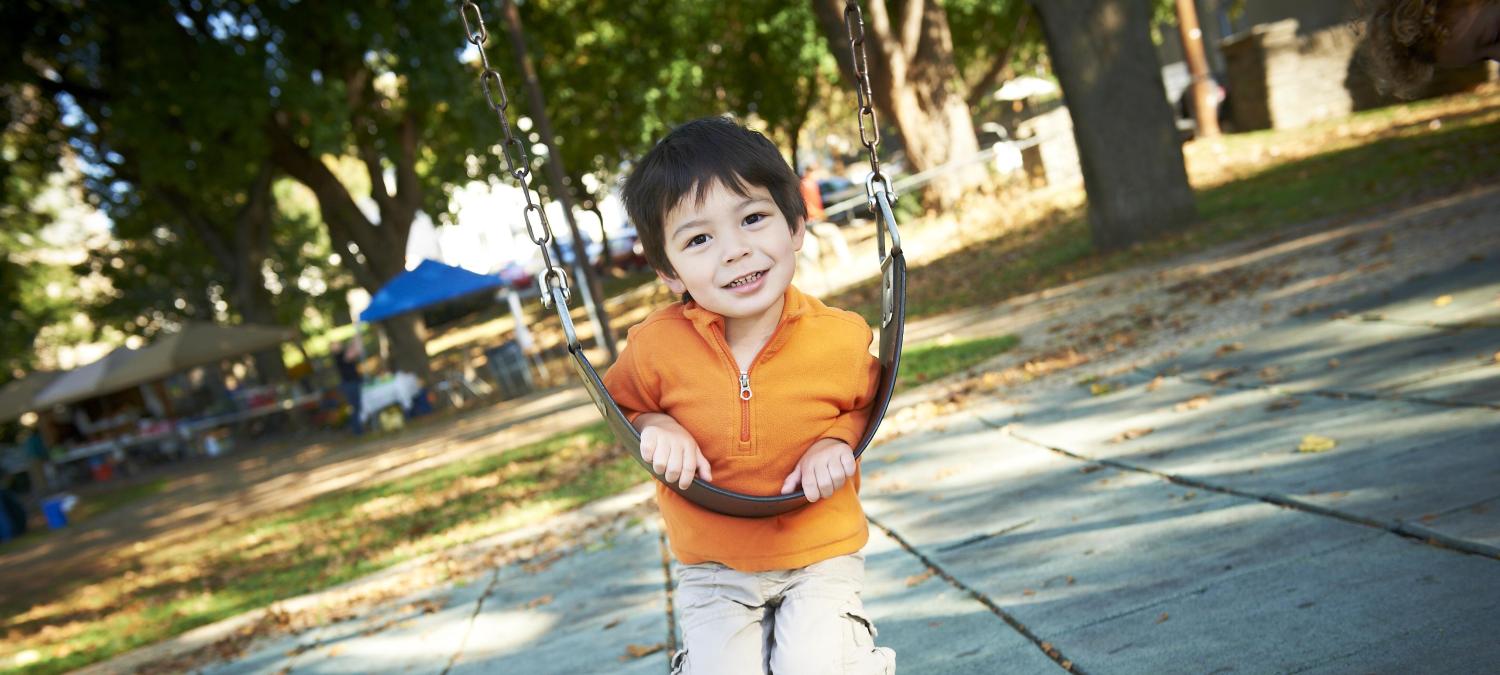

Publications
Search Tips
- Mar 2020
OBJECTIVE: Multiple cognitive risks from different theoretical paradigms (dysfunctional attitudes, negative inferential style, self-criticism, dependency, brooding) predict depression, but may be transdiagnostic vulnerabilities for multiple psychopathologies. Risk factors can be…
- Mar 2020
On behalf of the School District of Philadelphia, PolicyLab conducted an assessment and review of school health services offered by the district in 2019. Using this evaluation, we aimed to identify strengths and opportunities for enhanced coordination and efficiency of health service…
- Mar 2020
OBJECTIVE: To determine the association between neighborhood poverty and ADHD severity among children in a large metropolitan area. METHODS: This is a secondary analysis of data collected April 2016 to July 2017 at the Children's Hospital of Philadelphia Care Network. We attributed…
- Mar 2020
Abusive head injuries in infants may be occult but clinically or forensically important. Data conflict regarding yield of neuroimaging in detecting occult head injuries in infants evaluated for physical abuse, with prior studies identifying yields of 4.3-37.3 %. OBJECTIVES: 1) To…
- Mar 2020
The aim of the study was to characterize perceived social support for young men and transgender women who have sex with men (YM/TWSM) taking HIV pre-exposure prophylaxis (PrEP). METHODS: Mixed-methods study of HIV-negative YM/TWSM of color prescribed oral PrEP. Participants…
- Mar 2020
BACKGROUND AND OBJECTIVES: Rates of sexually transmitted infections (STIs) have increased over the decade. Guidelines recommend HIV testing with incident STIs. Prevalence and factors associated with HIV testing in acute STIs are unknown in adolescents. Our objective was to determine…
- Mar 2020
In a letter, PolicyLab responded to a U.S. Senate Finance Committee request for information seeking recommendations to improve maternal and child health in the United States. PolicyLab’s response cites extensive evidence highlighting the benefits of utilizing pediatric settings to…
- Mar 2020
Researchers at PolicyLab responded to a request for comment on the U.S. Department of Agriculture’s proposed rule to simplify meal service and monitoring requirements in the National School Lunch and School Breakfast Programs. Under guidelines currently in place as part of the Healthy,…
- Mar 2020
Psychoactive medications are the most expensive and fastest-growing class of pharmaceutical agents for children. The cost, side effects, and unprecedented growth rate at which these drugs are prescribed have raised alarms from health care clinicians, patient advocates, and agencies…
- Mar 2020
The Gender & Sexuality Development Clinic (GSDC) was founded in January 2014 and with our exciting growth over the last few years we are pleased to share with you our fourth Annual Update. The clinic team provides medical care and psychosocial support for transgender…